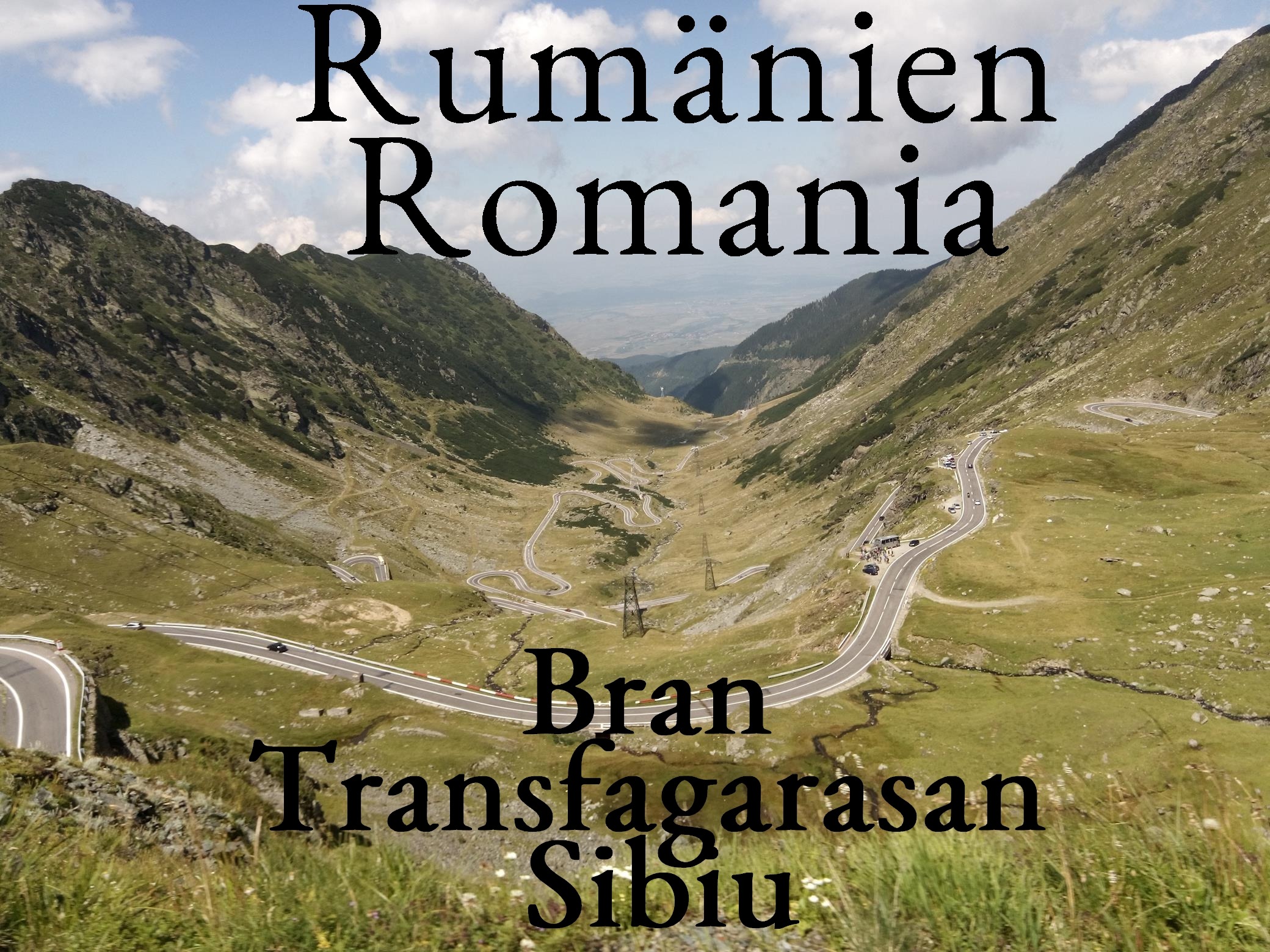
Romania: Bran – Transfagarasan – Sibiu
23. July 2017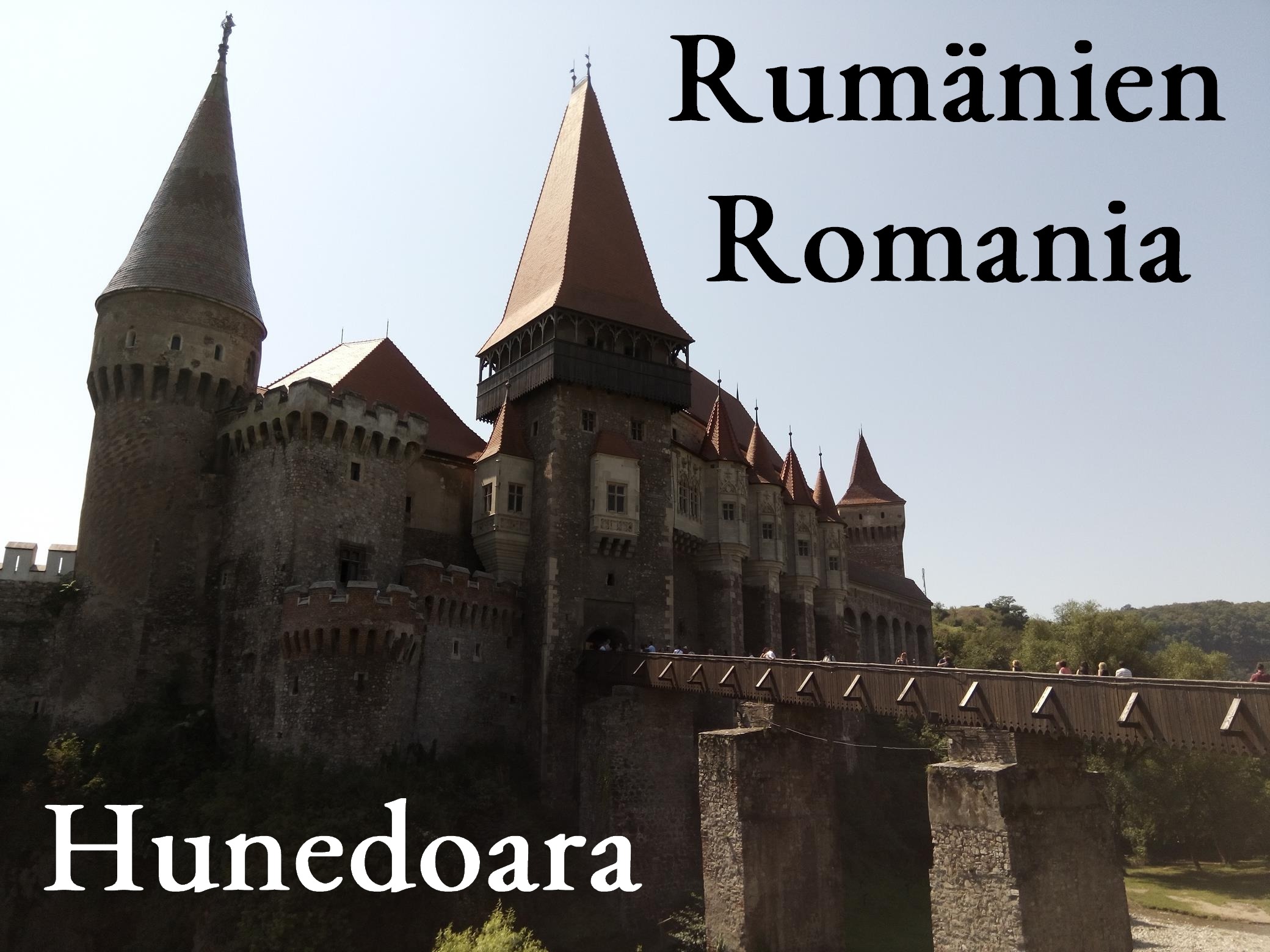
Rumänien: Hunedoara
28. July 2017Schloss Bran…
Von Brasov aus fuhren wir etwa 45 Minuten bis zum Schloss Bran. Den Touristen wird dieses Bauwerk als das Schloss Draculas verkauft. Richtig ist allerdings, dass Vlad Tepes die alten Gemäuer nie betreten hat. Einzig die Beschreibung von Bram Stoker in seinem Roman “Dracula” passt auf das Aussehen der Burg. Das richtige Zuhause Draculas soll die Burg Poenari (angeblich!) sein. Diese befindet sich rund 100 km westlich von Schloss Bran und wird volkstümlich, aufgrund ihrer Lage auf den Bergen der Walachei, als die “uneinnehmbare Burg” bezeichnet.
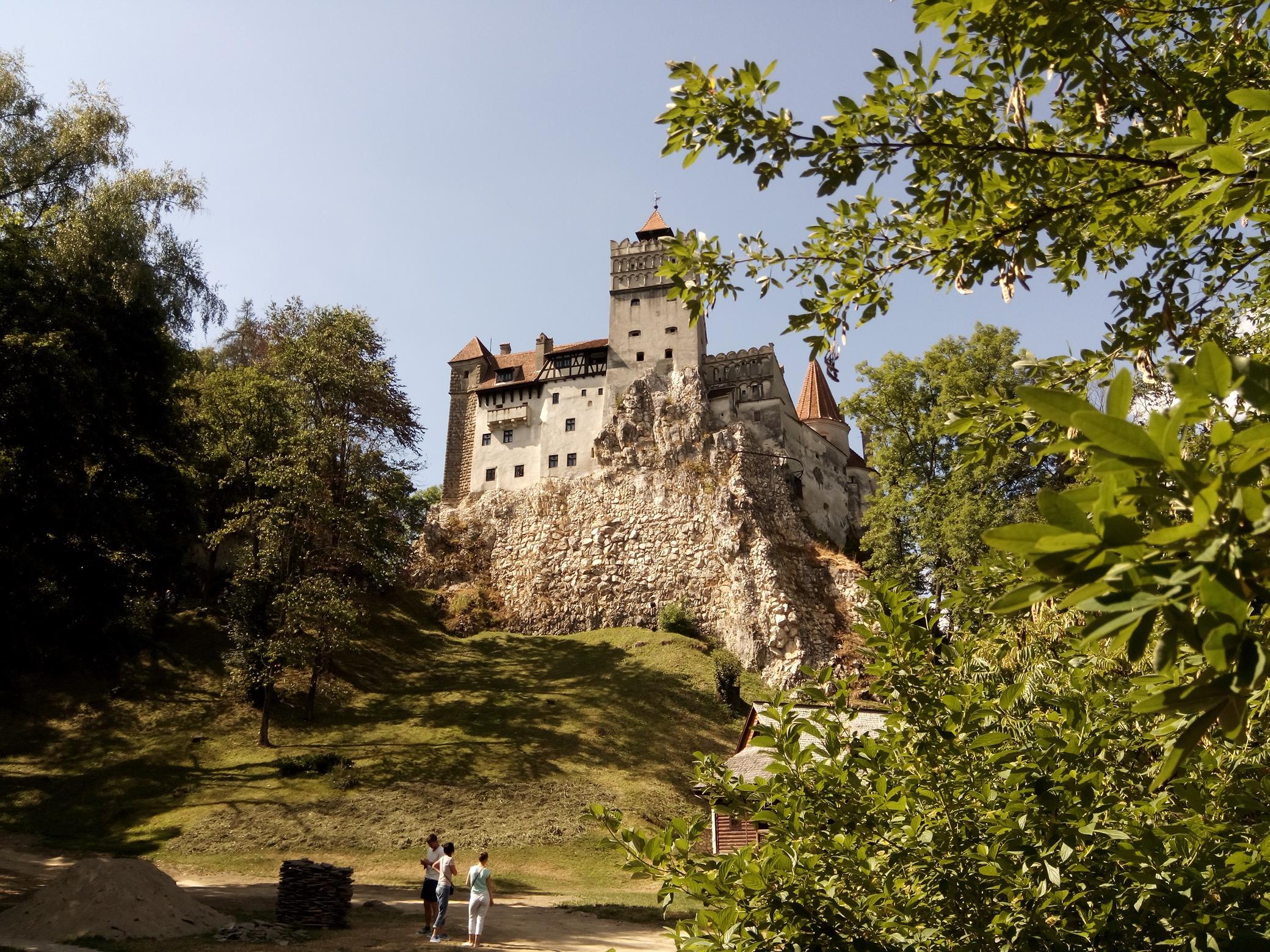
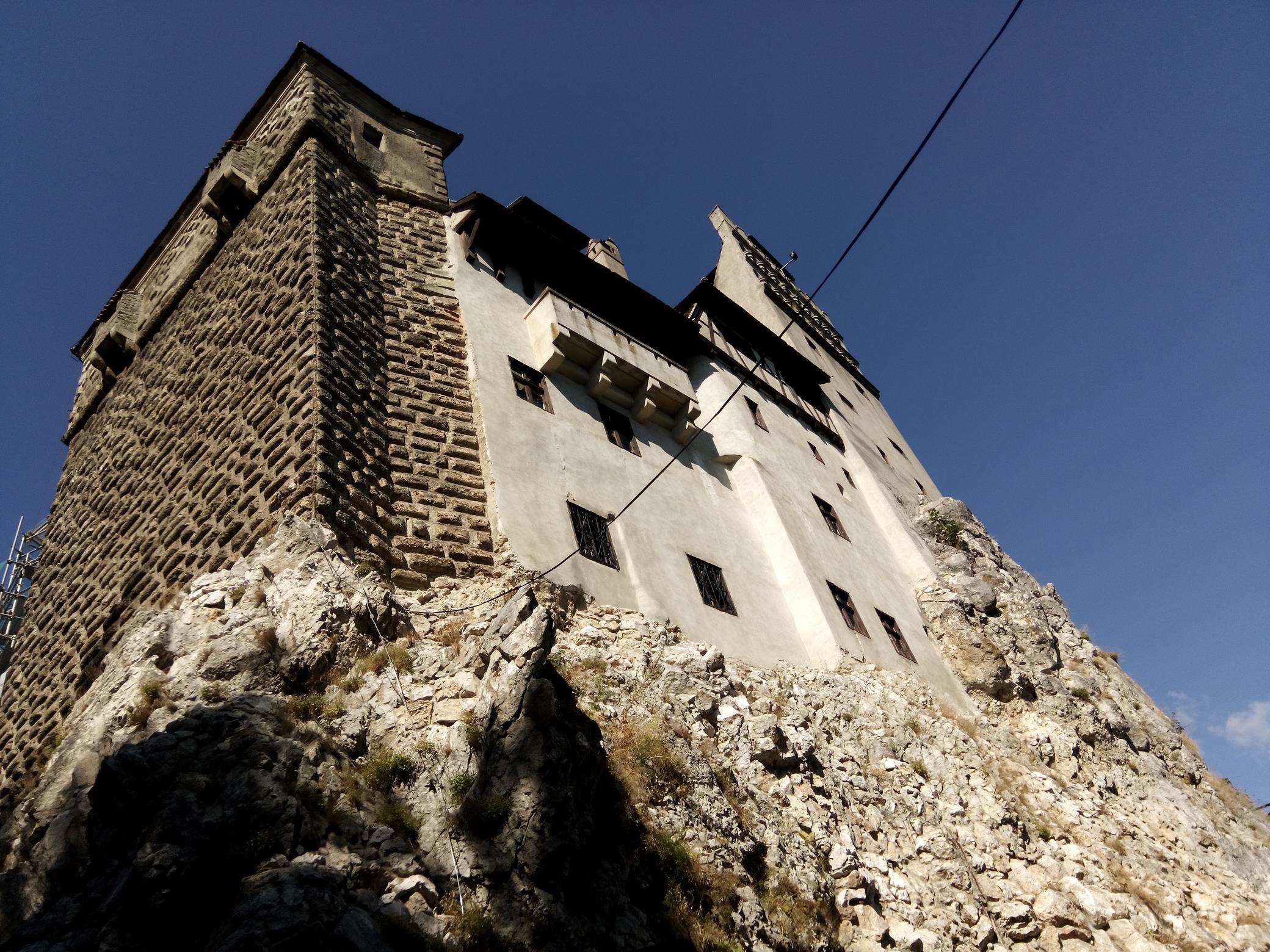 …kann ich nicht empfehlen
…kann ich nicht empfehlen
Sobald wir in Bran angekommen waren, stach uns sofort etwas ins Auge: Das Dorf Bran (Törzburg) ist touristischer veranlagt als alle anderen Orte, die wir in Rumänien besucht hatten. Das Parken war nicht gerade billig und es schob sich eine riesige Traube von Menschen zum Schloss. Direkt vorbei an unzähligen Ständen mit Souvenirs. Obwohl wir früh vor Ort waren, mussten wir einige Zeit am Eingang warten. Auch die Begehung des Schlosses bestand mehr aus Schieben und Drängen als einer gemütlichen Besichtigung. Zu sehen bekamen wir alte Möbel, Folterinstrumente, Kleidung und Waffen.
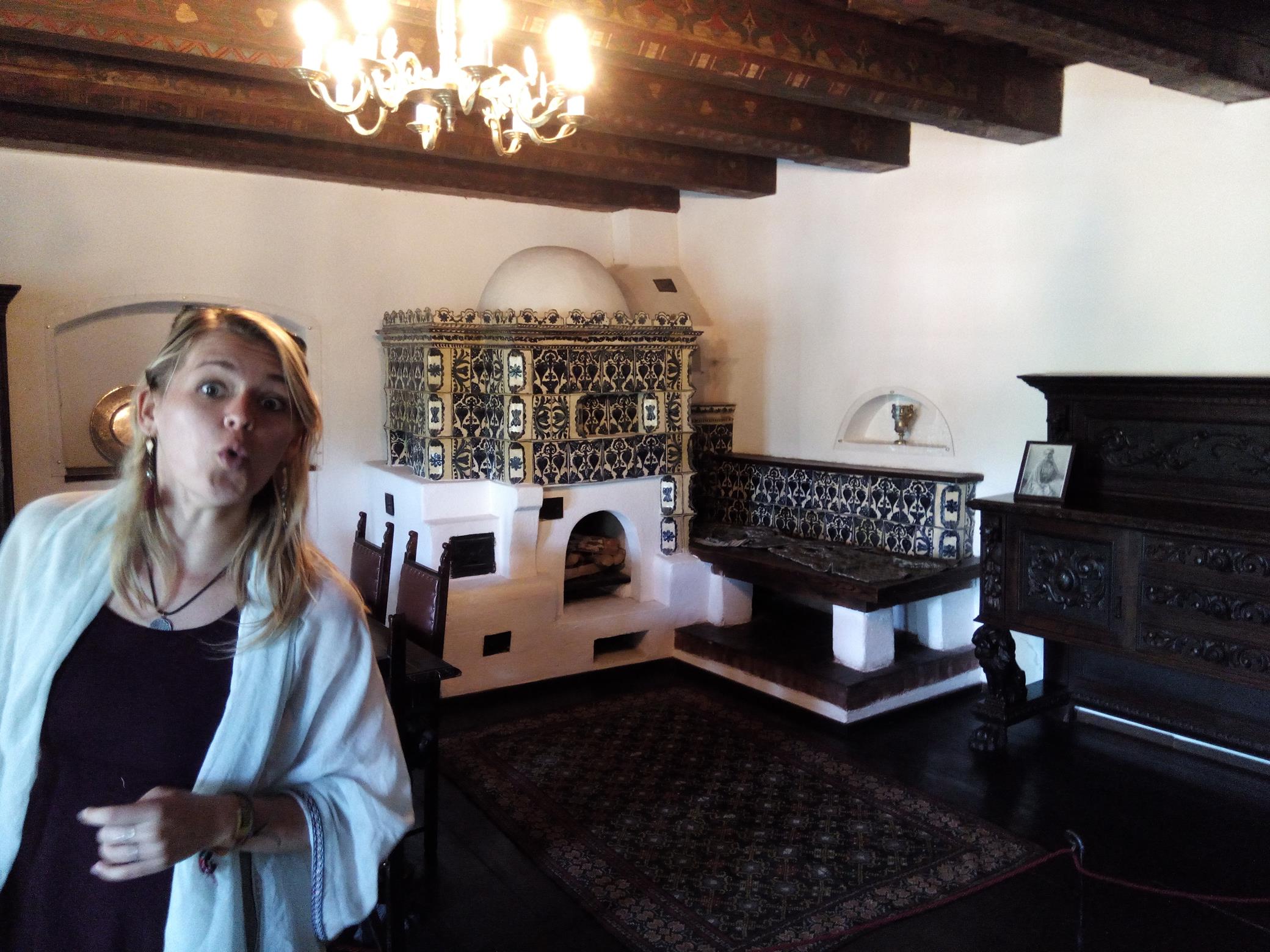
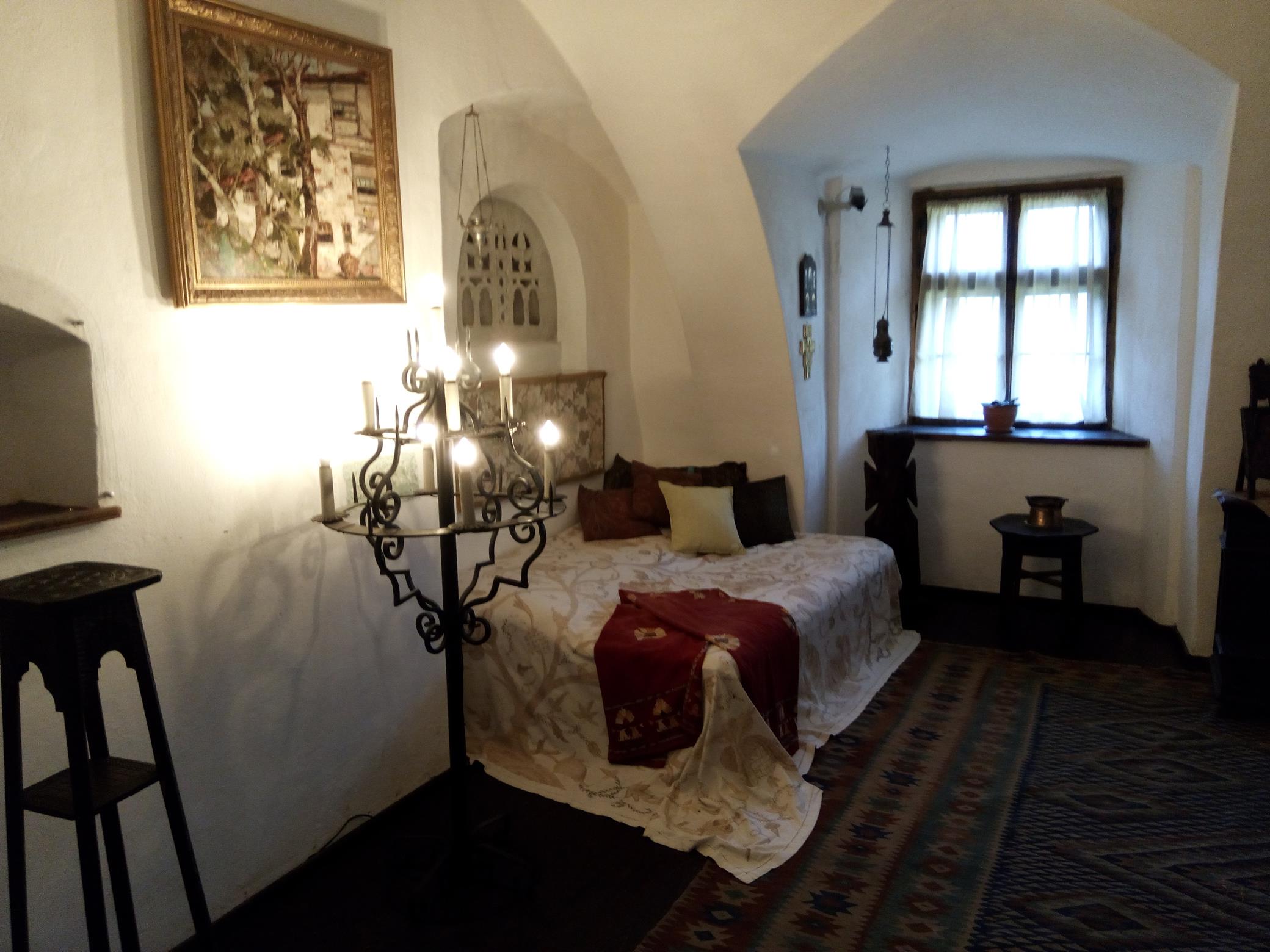 Meiner Meinung nach handelte es sich beim Schloss Bran um das schlechteste Ziel auf unserer Route. Für Interessierte ist es zwar eine Reise wert, ich würde im Nachhinein aber andere Schlösser wie “Peles” bevorzugen. Der Schlossgarten am Fuß der Burg sowie die Aussicht von oben rechtfertigen das Gedränge während der eigentlichen Besichtigung ein wenig. Ansonsten ist der Rundgang allerdings nichts Besonderes und wird wohl hauptsächlich durch gekonntes Marketing mit Dracula gepusht.
Meiner Meinung nach handelte es sich beim Schloss Bran um das schlechteste Ziel auf unserer Route. Für Interessierte ist es zwar eine Reise wert, ich würde im Nachhinein aber andere Schlösser wie “Peles” bevorzugen. Der Schlossgarten am Fuß der Burg sowie die Aussicht von oben rechtfertigen das Gedränge während der eigentlichen Besichtigung ein wenig. Ansonsten ist der Rundgang allerdings nichts Besonderes und wird wohl hauptsächlich durch gekonntes Marketing mit Dracula gepusht.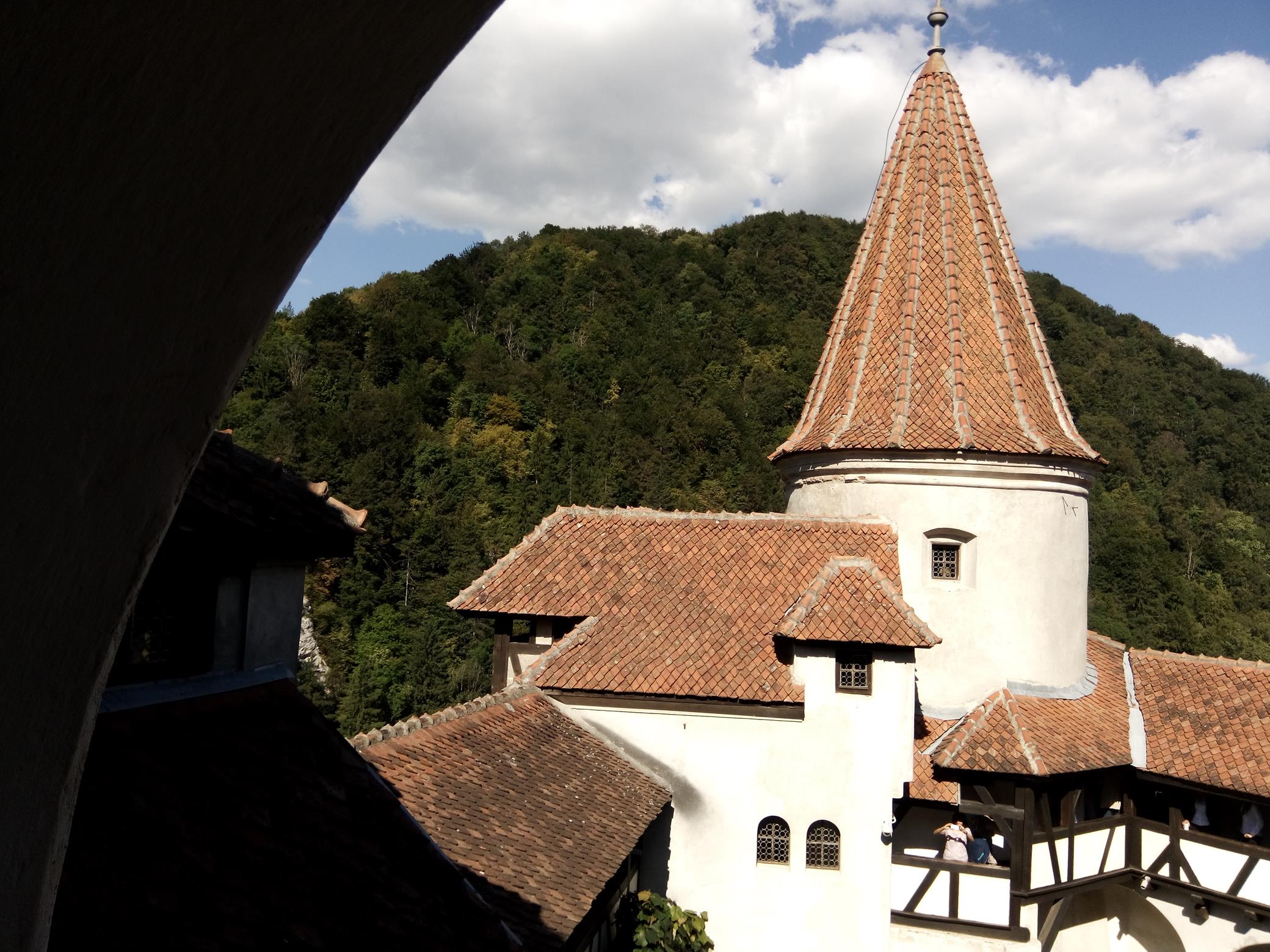 Nachdem wir uns etwa zwei Stunden in Bran aufgehalten hatten, liefen wir zurück zum Auto und machten uns auf den Weg zu meinem Highlight der kompletten Rumänienreise: Die Transfagarasan:
Nachdem wir uns etwa zwei Stunden in Bran aufgehalten hatten, liefen wir zurück zum Auto und machten uns auf den Weg zu meinem Highlight der kompletten Rumänienreise: Die Transfagarasan:
Der Bau der Transfagarasan
Nach etwa zwei Stunden Fahrt kamen wir am Fuß der berühmten Transfagarasan an. Es handelt sich hierbei um eine Hochstraße, die in den 70er Jahren durch das damalige Staatsoberhaupt Nicolae Ceausescu erbaut wurde. Sie ist insgesamt 90 km lang und erreicht nach 45 km ihren höchsten Punkt bei rund 2050 Metern. Man kann diese Straße nur vier Monate im Jahr befahren. Den Rest des Jahres ist sie wetter-bedingt unpassierbar. Bei ihrem Bau sollen (laut Zeitzeugen) etwa 400 Menschen ihr Leben verloren haben. Offiziell werden allerdings nur 40 genannt. Eine genaue Zahl ist somit nicht bekannt.
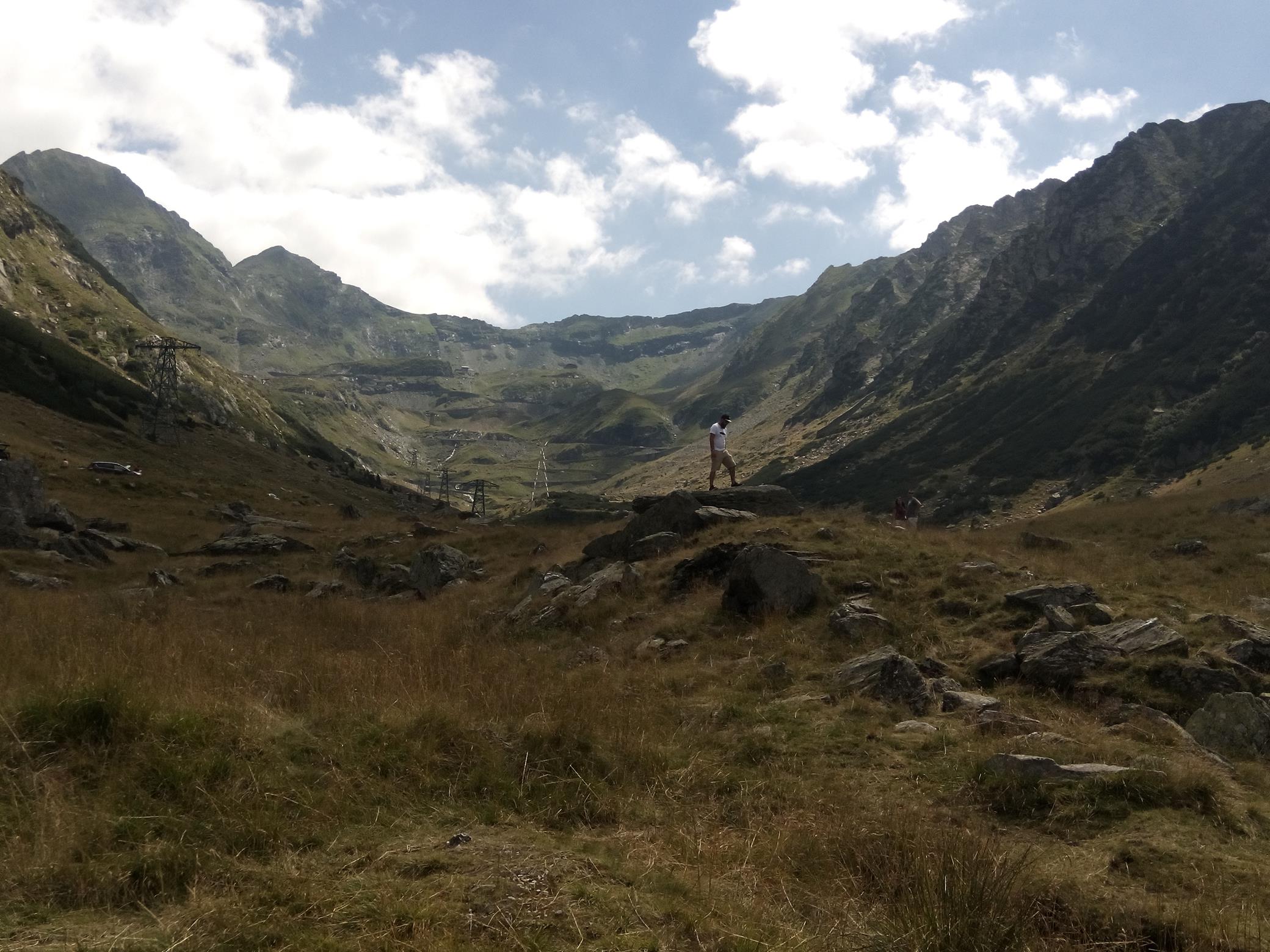 Die schönste Hochstraße Europas
Die schönste Hochstraße Europas
Der Start der Hochstraße liegt bei knapp 500 Metern über Normalnull. Man erklimmt somit auf einer Fahrt von 45 km einen Höhenunterschied von rund 1550 Metern. Ich war damals mehr als froh, dass ich die Bremsen an meinem Auto überholen ließ, bevor wir uns auf den Weg nach Rumänien gemacht haben. Die Stecke ist kurvenreich und garantiert nicht ungefährlich. Trotzdem lädt sie häufig dazu ein, kurz am Straßenrand anzuhalten und die Aussicht zu genießen.
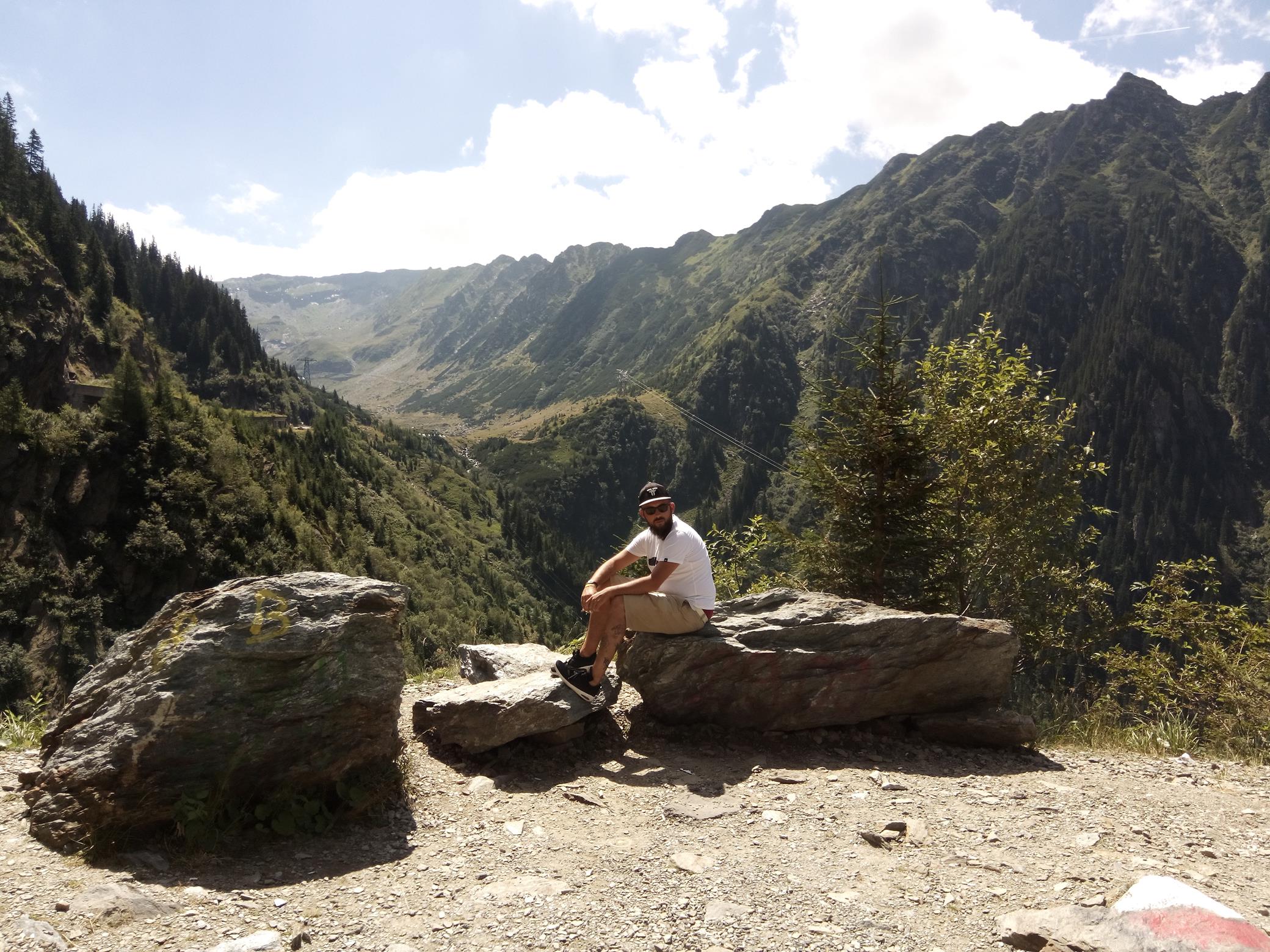
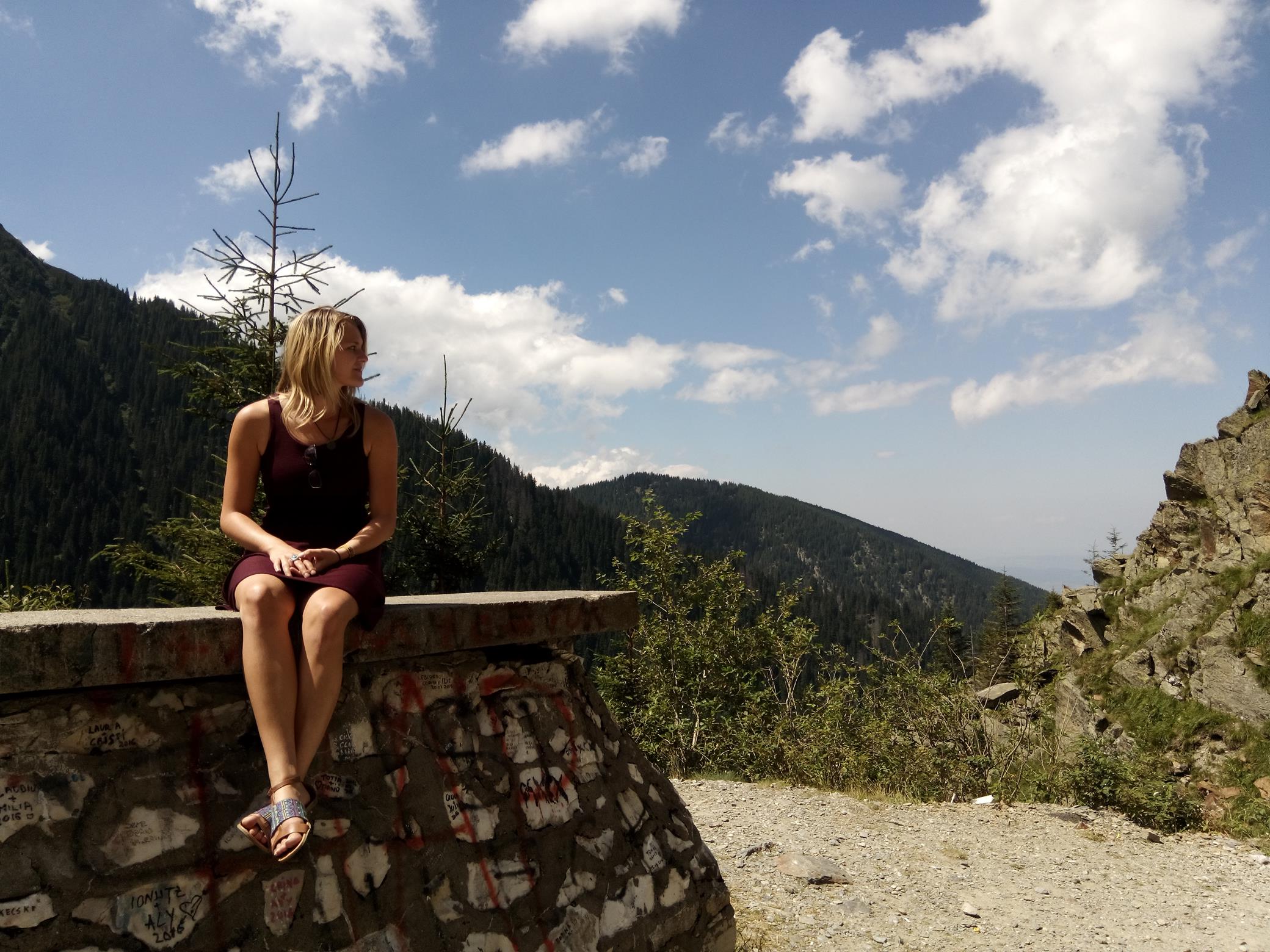 Zudem gibt es häufig Verkaufsbuden mit Getränken sowie rumänischen Köstlichkeiten und es sind unzählige Plätze vorhanden, die sich perfekt für ein Picknick oder den mobilen Grill eignen. Den Höhenunterschied merkt man übrigens an den Temperaturen deutlich. Bei uns war es auf dem höchsten Punkt etwa 15 Grad kälter als am Fuß des Berges.
Zudem gibt es häufig Verkaufsbuden mit Getränken sowie rumänischen Köstlichkeiten und es sind unzählige Plätze vorhanden, die sich perfekt für ein Picknick oder den mobilen Grill eignen. Den Höhenunterschied merkt man übrigens an den Temperaturen deutlich. Bei uns war es auf dem höchsten Punkt etwa 15 Grad kälter als am Fuß des Berges.
 An der Spitze erwartet einen ein unbeschreiblicher Ausblick, den ich damals mit der relativ schlechten Kamera kaum einfangen konnte. Ich war schon an einigen Plätzen auf der Erde, aber dieser hier gehört definitiv zu den schönsten. Bilder sagen aber mehr als 1000 Worte:
An der Spitze erwartet einen ein unbeschreiblicher Ausblick, den ich damals mit der relativ schlechten Kamera kaum einfangen konnte. Ich war schon an einigen Plätzen auf der Erde, aber dieser hier gehört definitiv zu den schönsten. Bilder sagen aber mehr als 1000 Worte:
Nachdem wir oben durch den Balea-Tunnel gefahren sind und somit mehr als die Hälfte der Transfagarasan abgefahren hatten, drehten wir um und fuhren zu unserem nächsten Ziel: Sibiu (Hermansstadt)
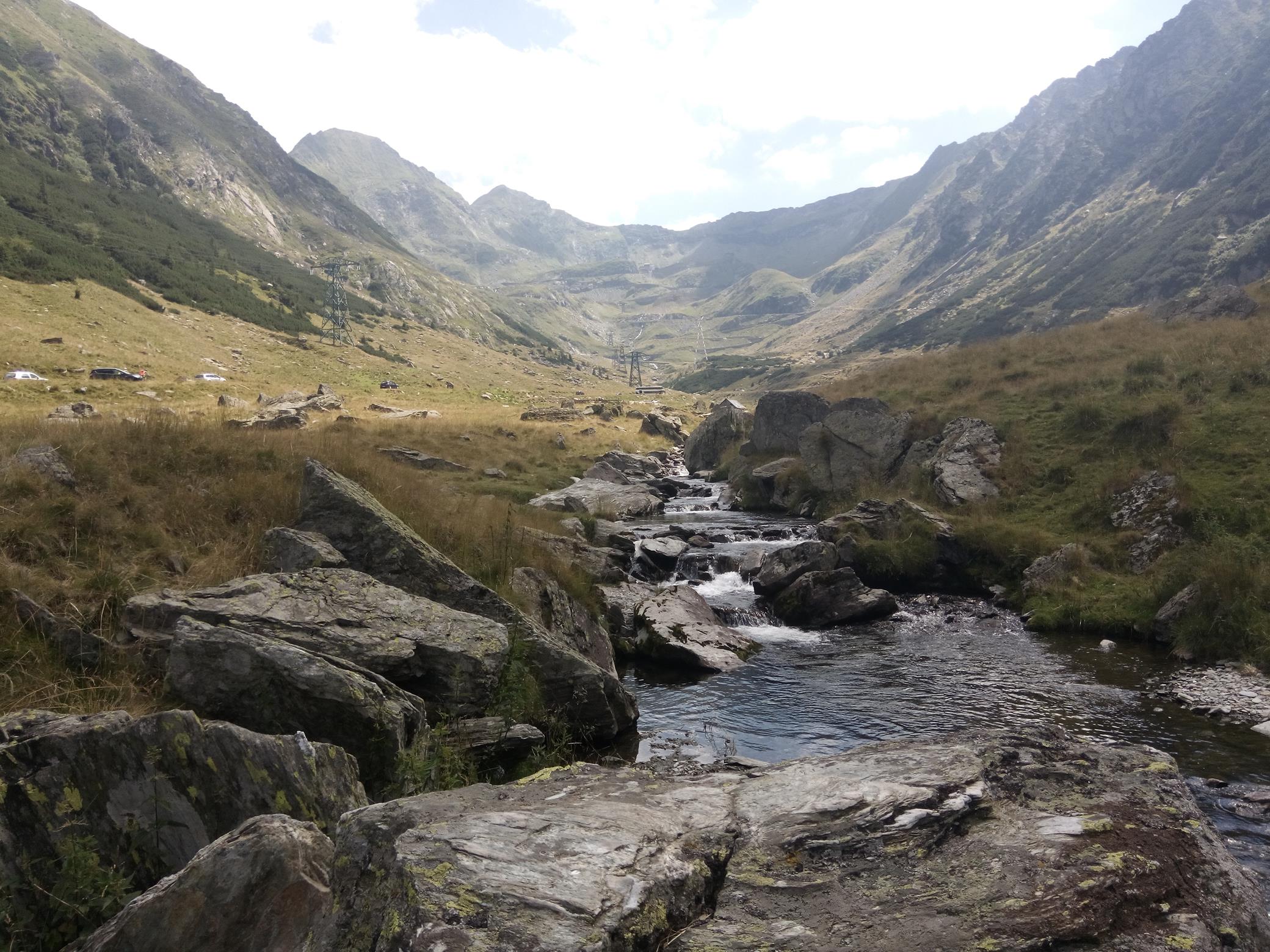 Sibiu – Hermannstadt
Sibiu – Hermannstadt
Sibiu ist eine Stadt mit mehr als 400.000 Einwohnern und wird auch Hermannstadt genannt. Alle Schilder sind nach wie vor Rumänisch sowie Deutsch beschriftet, obwohl mittlerweile nur noch weniger als 2000 Bewohner deutscher Abstammung sind. Für mich sind die nennenswertesten Bauwerke die Stadtpfarrkirche und die orthodoxe Kathedrale. Wir hatten die Möglichkeit beide Gebäude von innen zu sehen:
Die orthodoxe Kathedrale ist sehr prunkvoll, verziert mit viel Gold und prächtigen Wandmalereien. Leider waren wir während eines Gottesdienstes in der Kirche und ich wollte aus Respekt keine Fotos schießen.
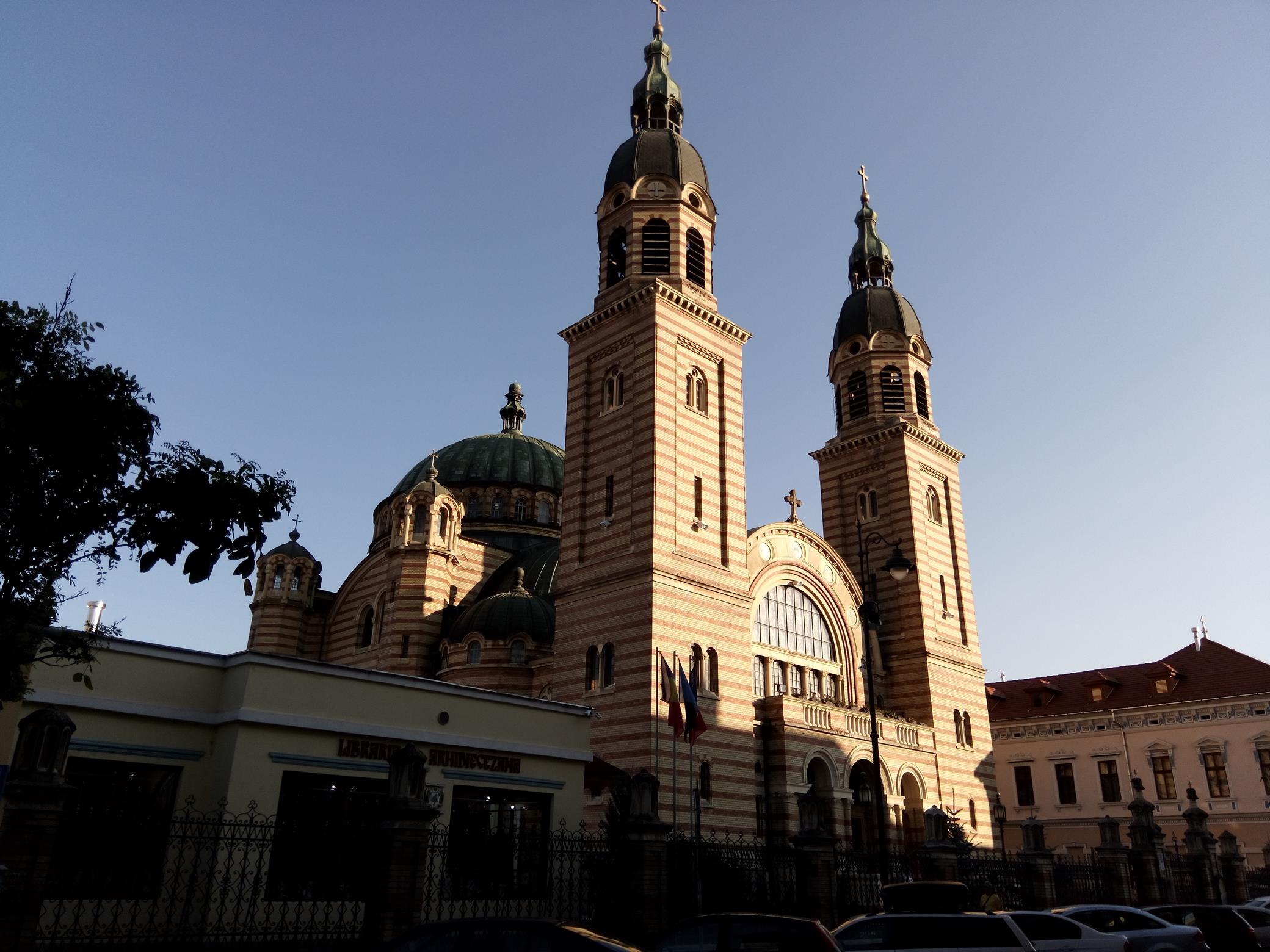 Für die Stadtpfarrkirche mussten wir Eintritt bezahlen, der sich in zwei geringe Beträge aufteilte: Einen für die Kirche selbst und einen, um den Kirchturm zu besteigen. Ich würde das volle Programm empfehlen!
Für die Stadtpfarrkirche mussten wir Eintritt bezahlen, der sich in zwei geringe Beträge aufteilte: Einen für die Kirche selbst und einen, um den Kirchturm zu besteigen. Ich würde das volle Programm empfehlen!
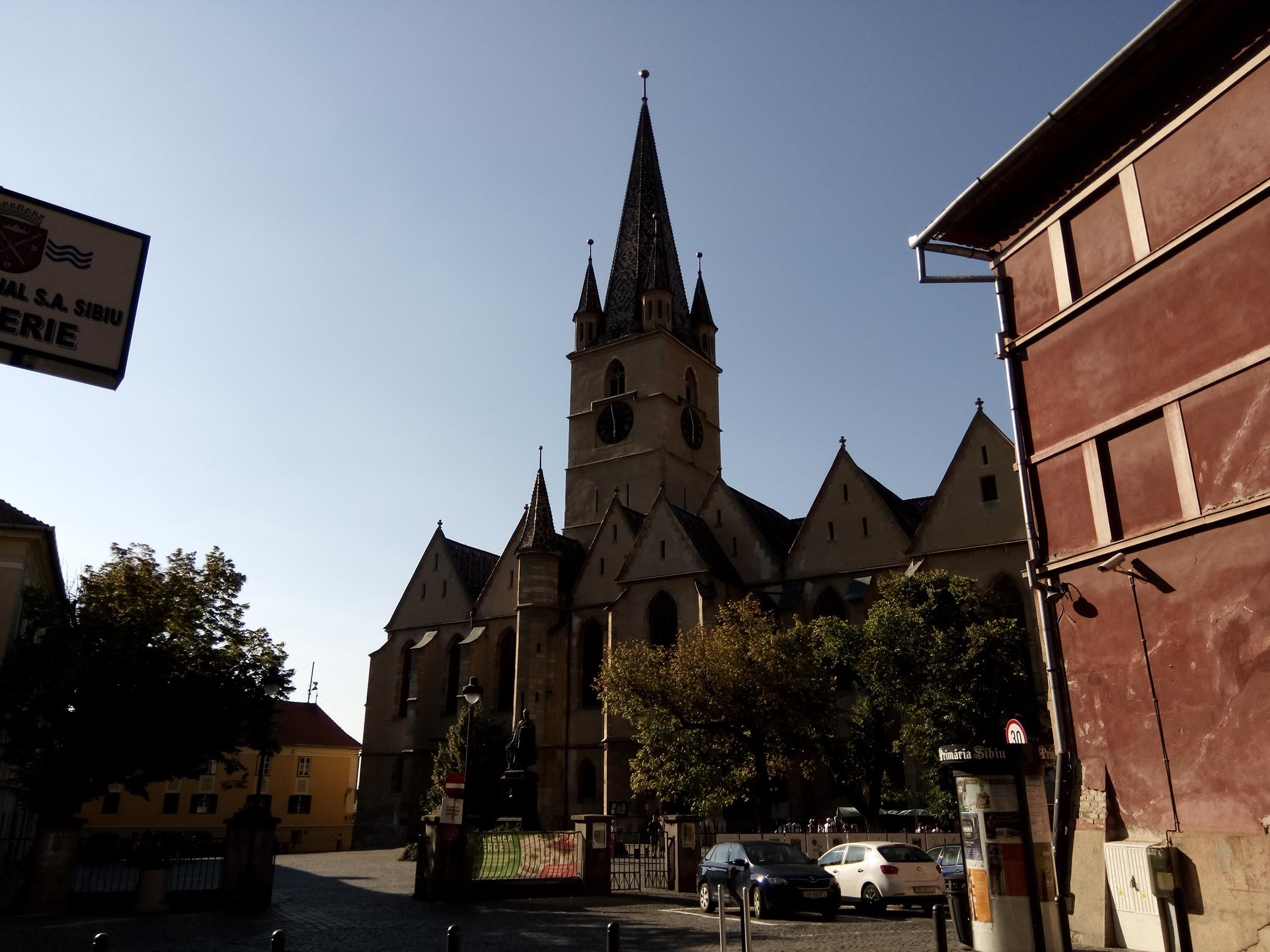 Die Stadtpfarrkirche – Der perfekte Aussichtsturm
Die Stadtpfarrkirche – Der perfekte Aussichtsturm
Um zu dem Aussichtspunkt am Kirchturm zu kommen, läuft man zuerst eine steinerne Wendeltreppe nach oben. Hier ist kaum genügend Platz, um die entgegenkommenden Touristen vorbeizulassen. Sobald man die Stufen hinter sich gelassen hat, kommt allerdings eine größere Hürde – zumindest für Menschen mit Respekt vor Höhen: Ich, zum Beispiel. Eine frei schwebende bzw. selbsttragende Treppenkonstruktion führt bis zu den Glocken im Kirchturm.
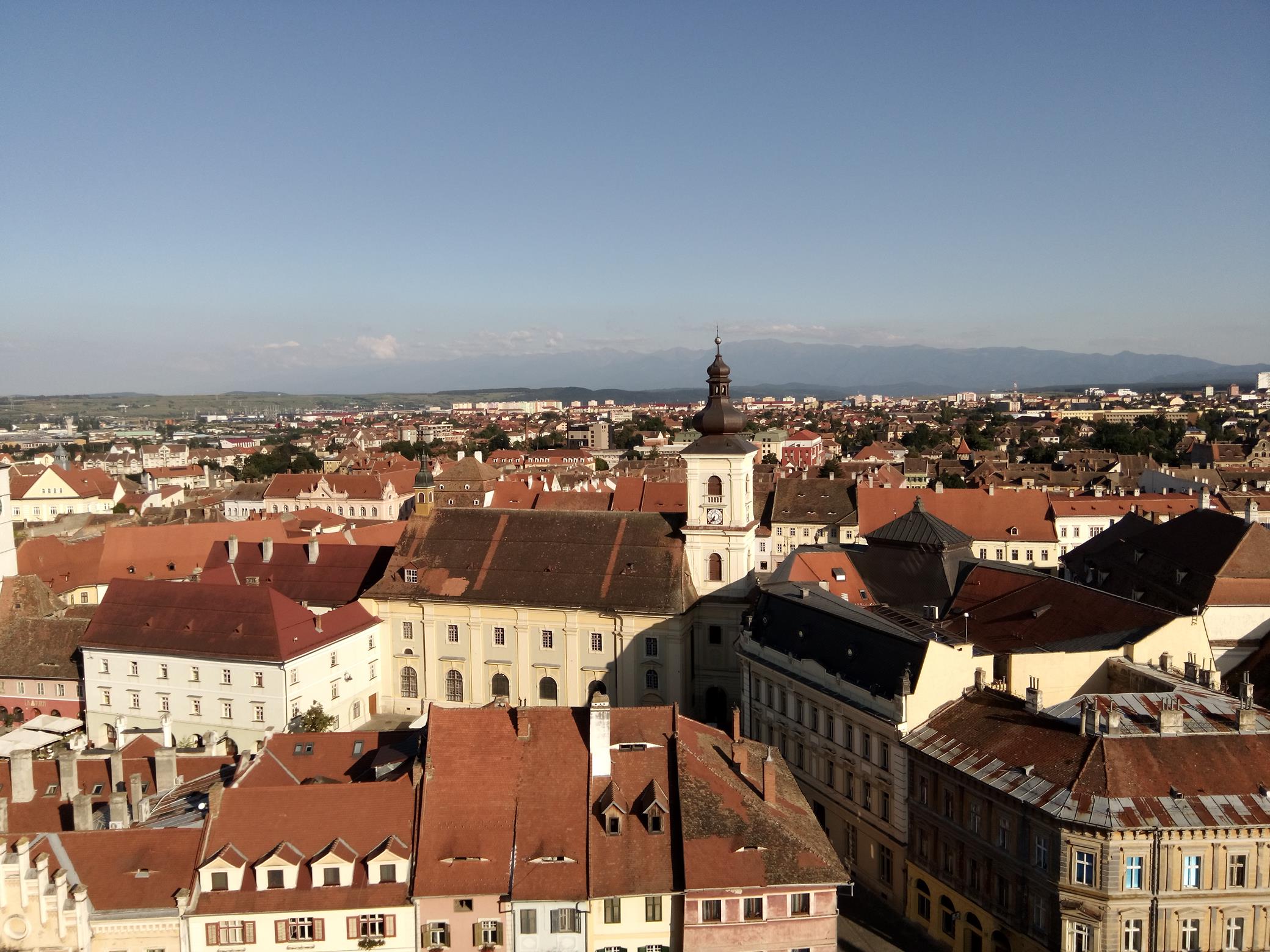
Freischwebend soll in diesem Fall bedeuten: wenn einer am Gelände wackelt, wackelt alles. Theresa hat damals nach wenigen Stufen umgedreht mit der Begründung: “Ich kann´s nicht machen!” Ich hingegen bin ohne nach unten zu schauen eifrig nach oben gestiegen und der Ausblick von dem 73m hohen Turm war die Anstrengung definitiv wert. Hier kann man aus allen vier Ecken über die ganze Stadt und bis ins Gebirge blicken. Für mich war es das Highlight in Sibiu.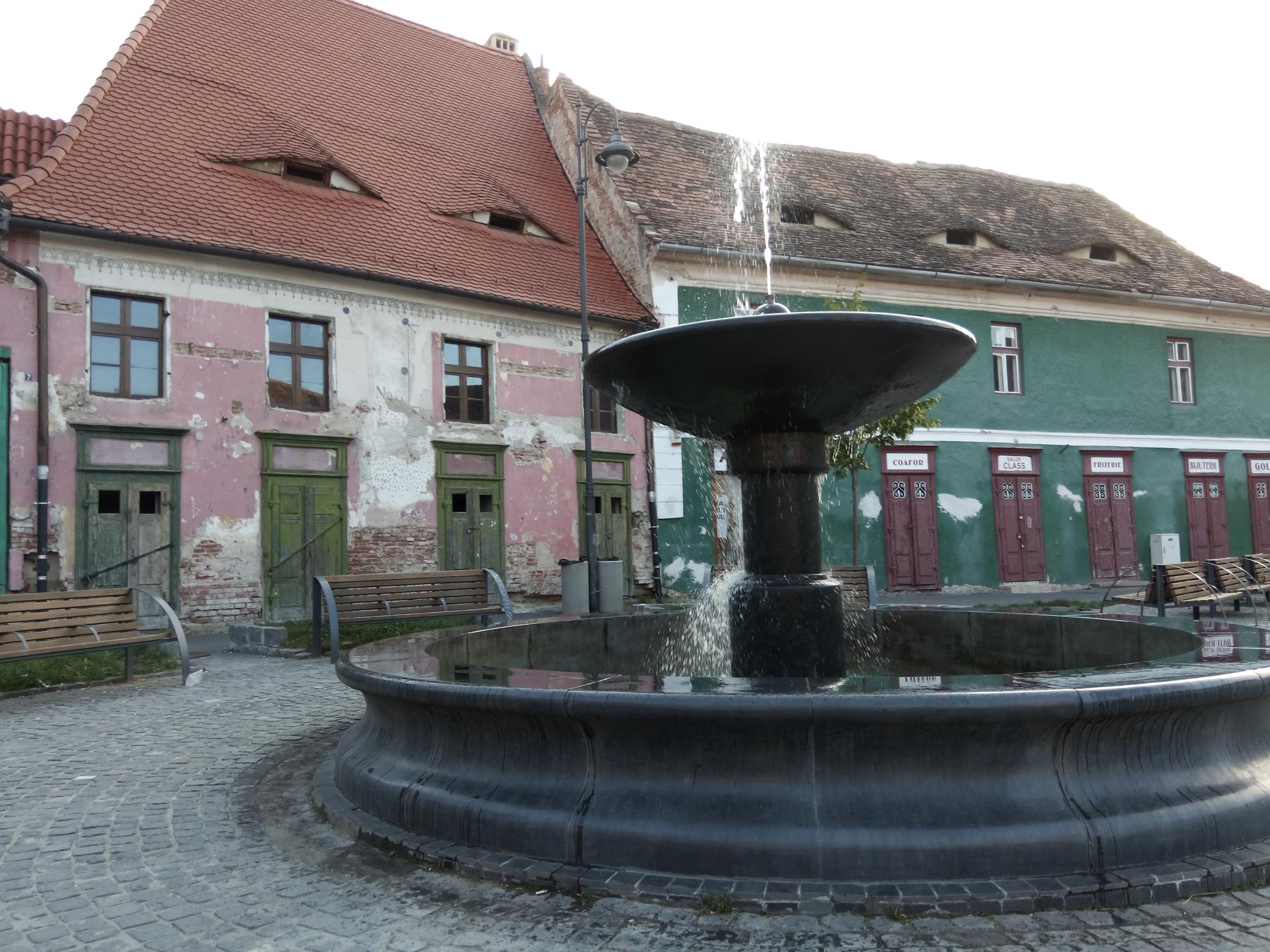
Rumänische Folklore – kann man mal machen, muss man aber nicht
Ansonsten hatten wir Glück und an dem Abend, an dem wir in der Stadt waren, gab es ein sowohl ein Beachvolleyballturnier als auch ein Folklore-Festival – jeweils verteilt auf die beiden größeren Plätze der Innenstadt. Was ich unter Folklore verstehe, verstehen die Rumänen allerdings als etwas ganz Anderes.
Ich hatte vollkommen naiv mit irischer Volksmusik gerechnet. Allerdings handelte es sich um traditionelles rumänisches Gedudel mit Tanzeinlagen in rumänischer Tracht. Insgesamt also nichts, was mich aus der Fassung gebracht oder zum Tanzen animiert hätte. Es gesehen zu haben war trotzdem ein Erlebnis! Den folgenden Sticker habe ich dabei entdeckt – hat mich zum Schmunzeln gebracht:
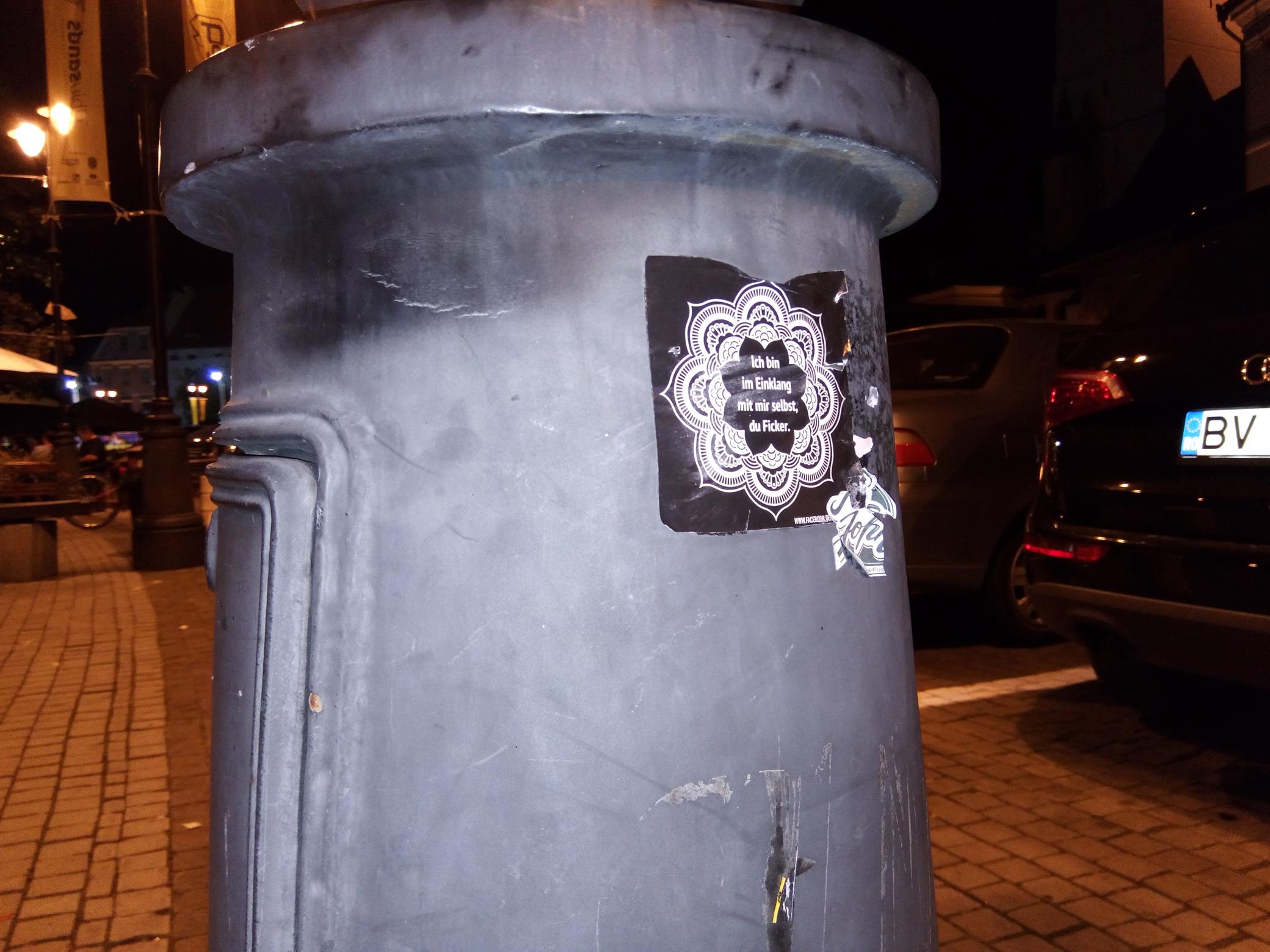 Den Rest des Abends verbrachten wir dann mit Schlendern durch die Altstadt, die weitläufig und voller Cafés und Restaurants ist. Der nächste Tag sollte der letzten unseres Ausfluges sein: Hunedoara (Eisenmarkt)
Den Rest des Abends verbrachten wir dann mit Schlendern durch die Altstadt, die weitläufig und voller Cafés und Restaurants ist. Der nächste Tag sollte der letzten unseres Ausfluges sein: Hunedoara (Eisenmarkt)
C-L

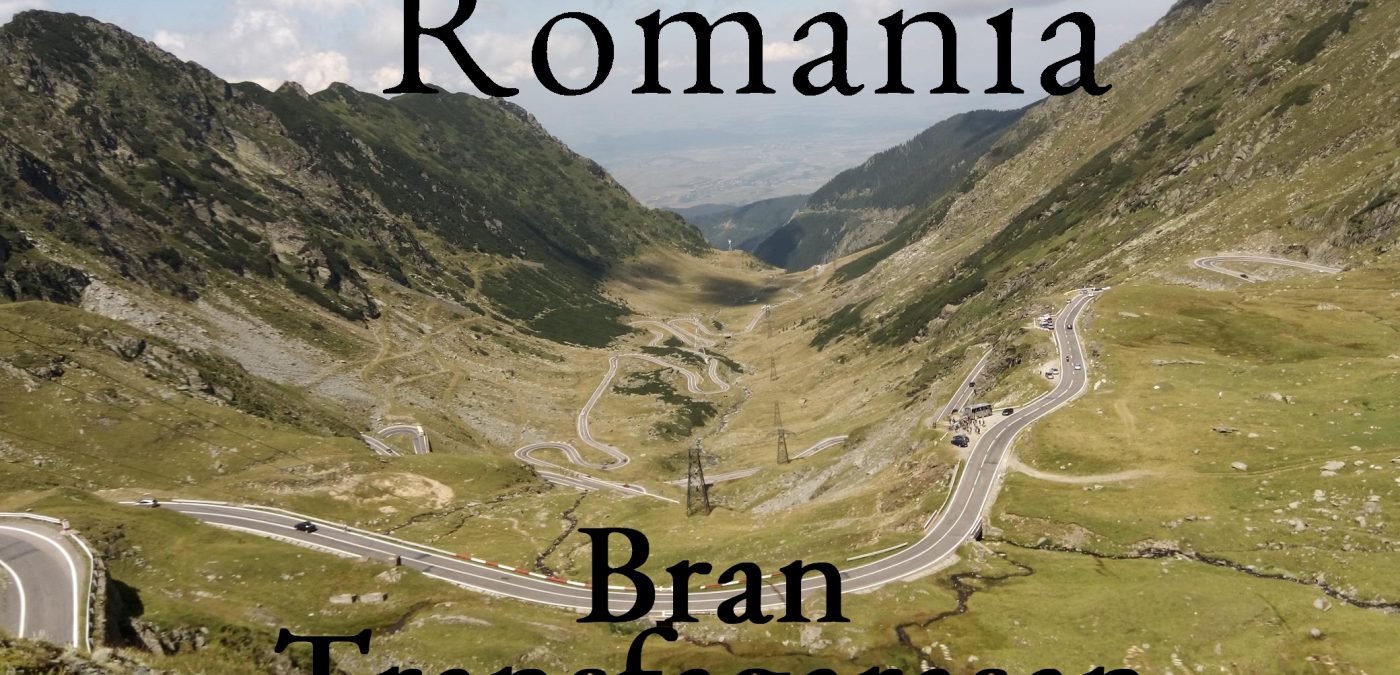
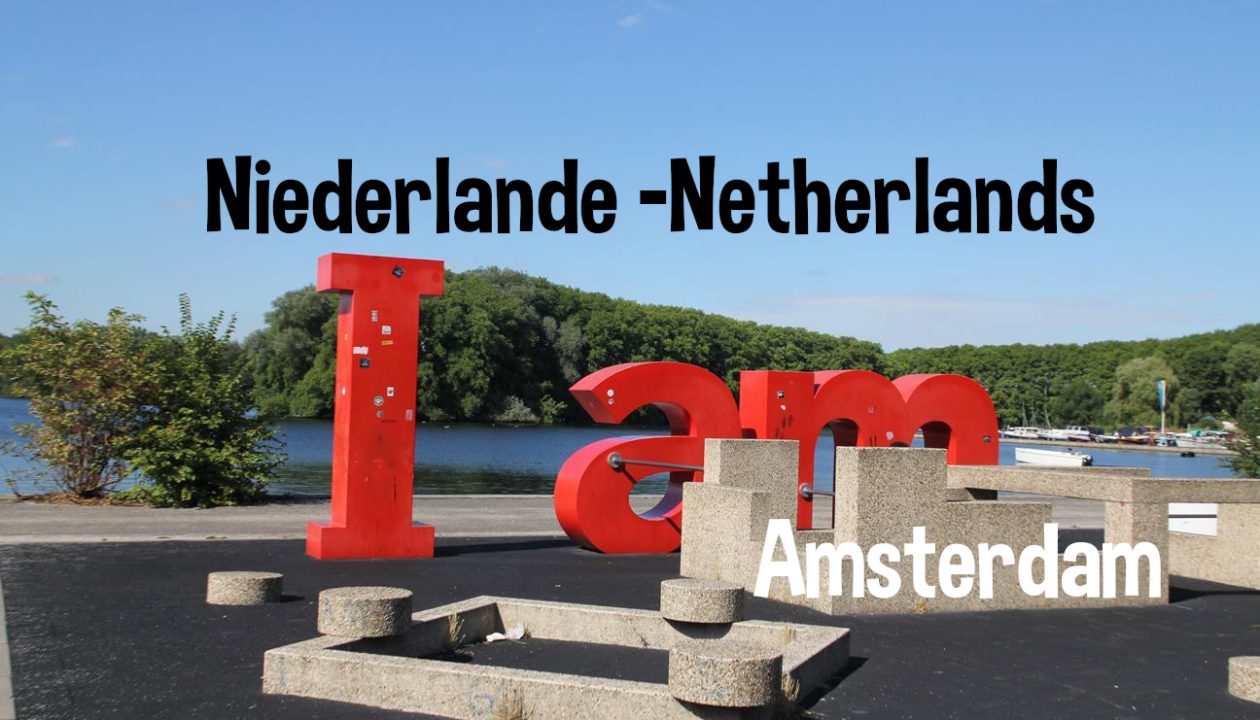
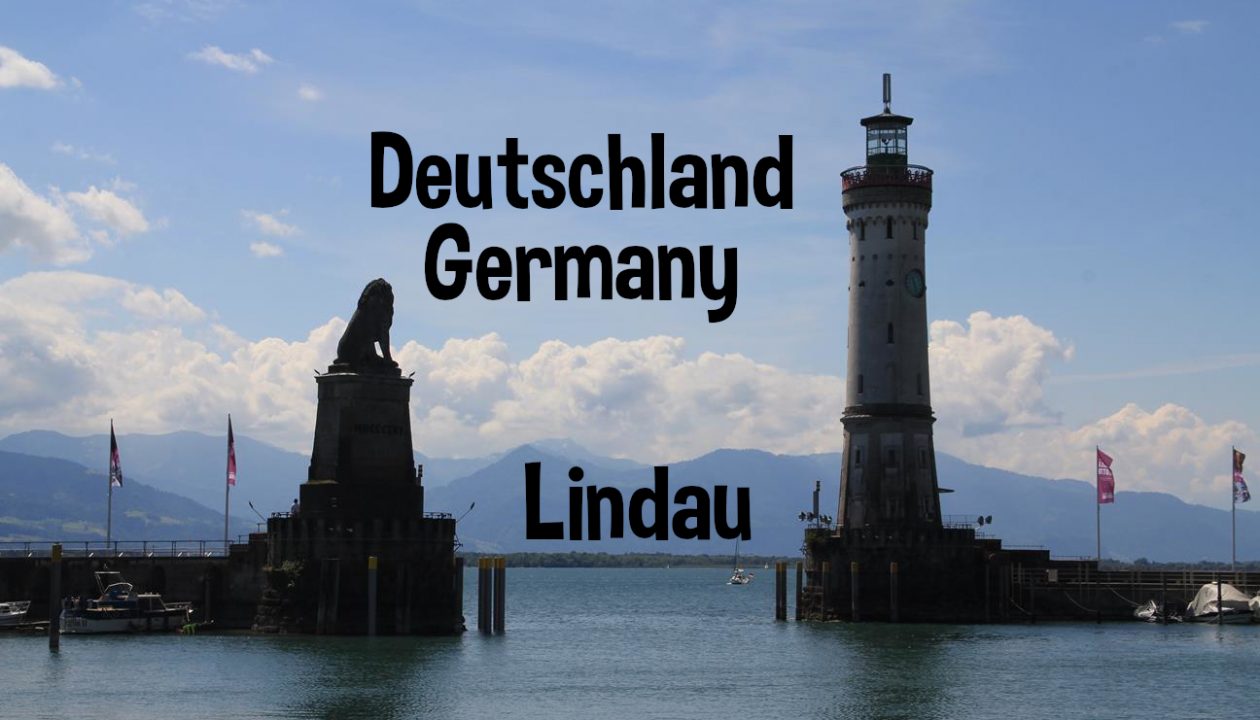
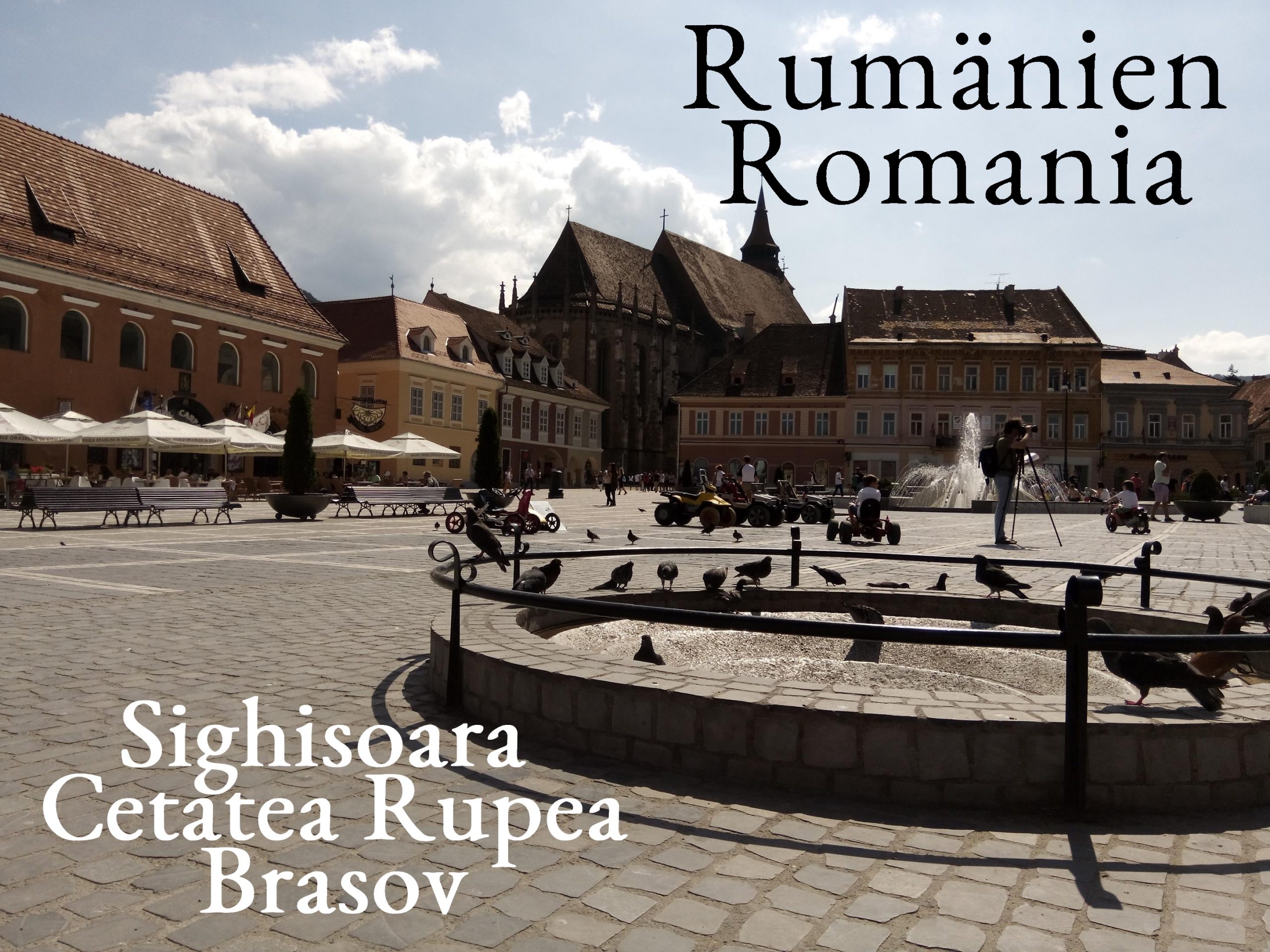
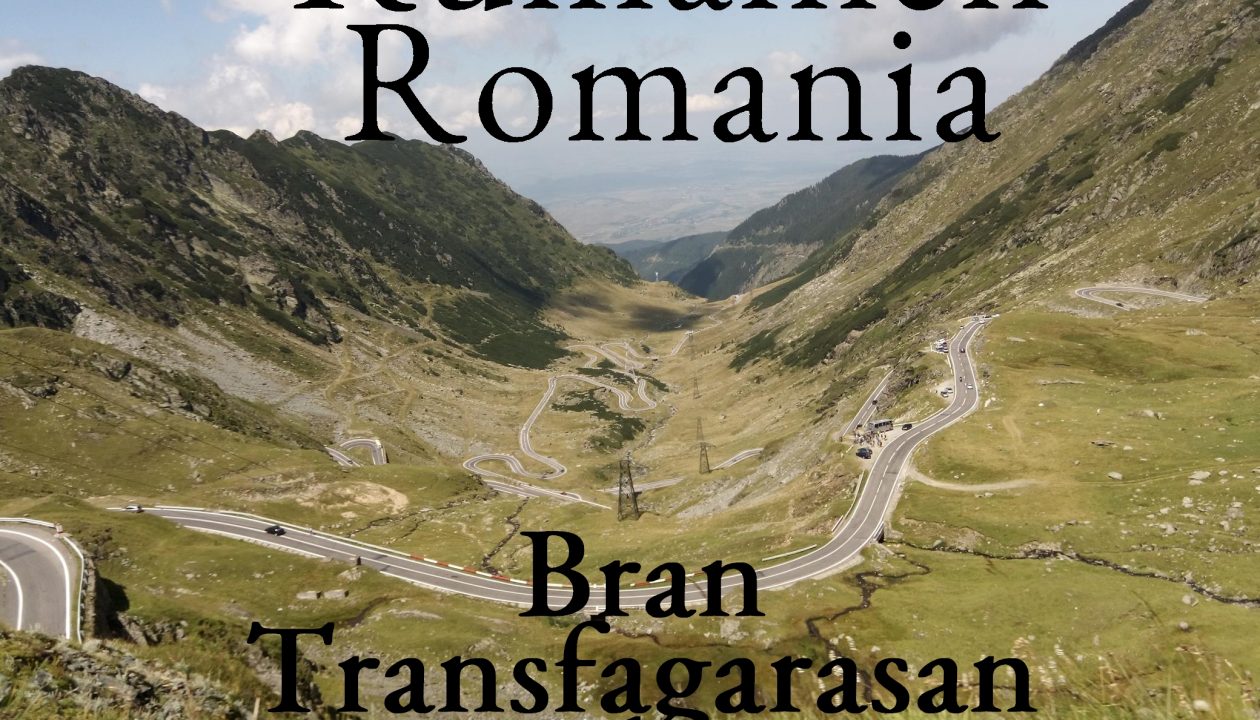
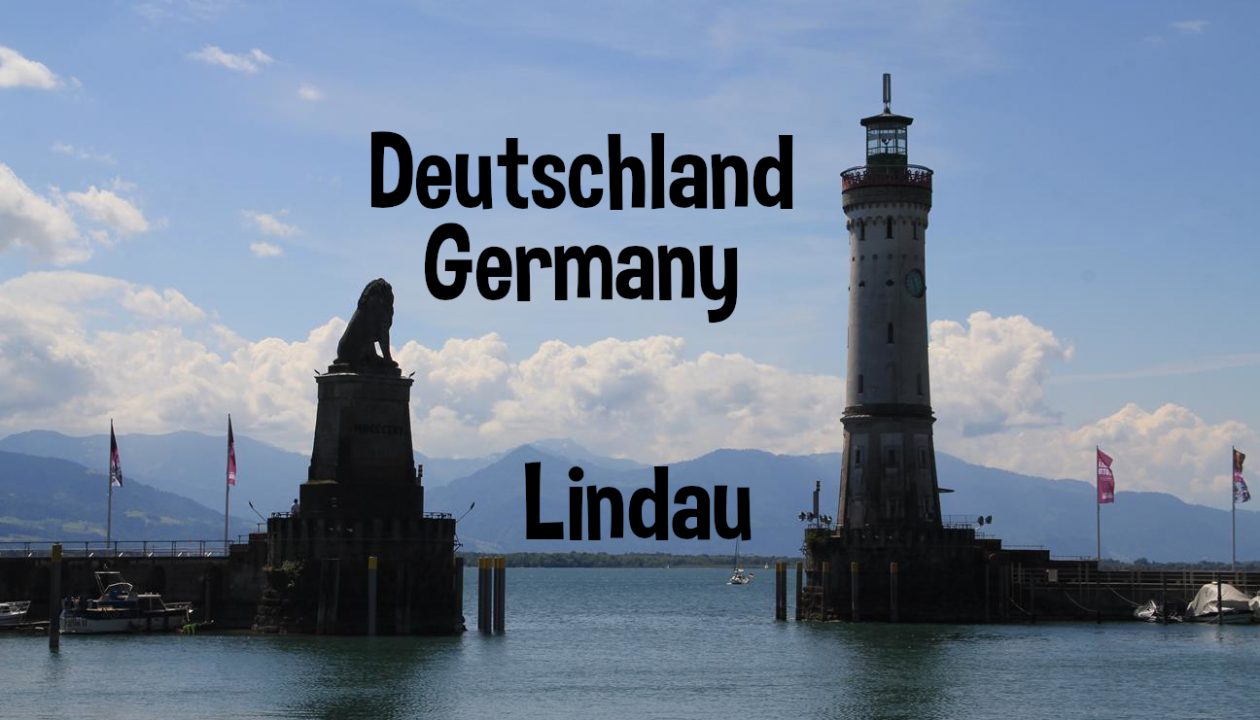
1 Comment
Was für ein toller Trip